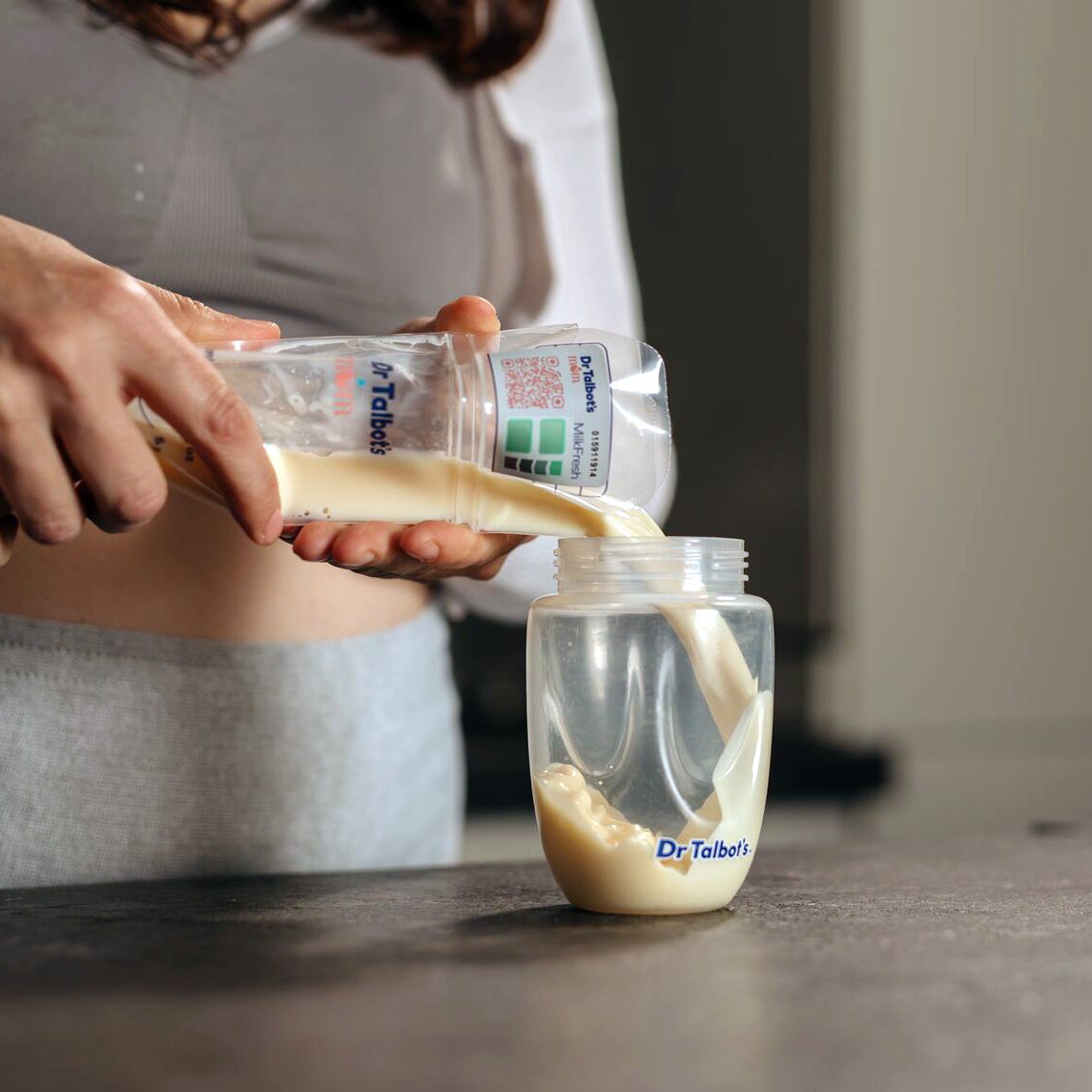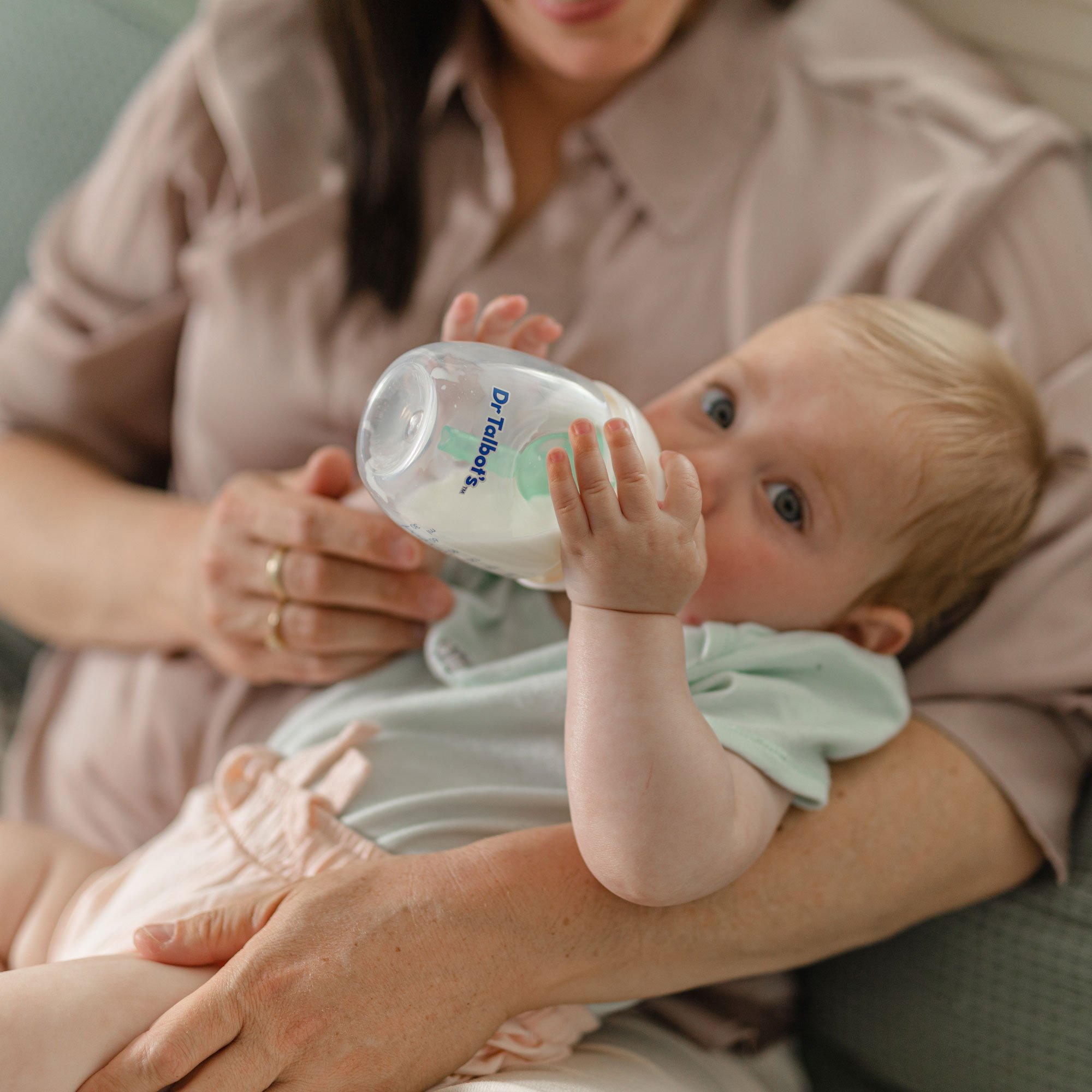Breast milk provides unmatched nutrition and comfort for your baby. When stored and refrigerated, it needs to be warmed properly to ensure it’s safe and enjoyable for your little one. Knowing how to warm up bottled breast milk correctly can make feeding time seamless while preserving the milk’s vital nutrients. Let’s explore the best techniques and practices to warm bottled breast milk safely and efficiently.
Why Warming Bottled Breast Milk is Important
Babies are accustomed to body temperature milk, which mimics the warmth they’d experience when nursing. Warming bottled breast milk helps with the following:
Ensure Comfort: Milk at body temperature is easier for babies to consume and digest. Cold milk might be jarring for some babies, especially newborns.
Preserve Nutrients: Breast milk contains live cells and enzymes essential for your baby’s growth. Gentle warming maintains these nutrients, unlike high-heat methods that may degrade them.
Prevent Uneven Heating: Proper techniques ensure consistent temperature, eliminating hot spots that could burn your baby’s mouth.
How to Warm Up Bottled Breast Milk: Step-by-Step Guide
Warming breast milk doesn’t have to be complicated. Here’s a step-by-step approach to ensure it’s done right:
Warm it up:
Method 1: Use Warm Water
Fill a bowl or a container with warm (not boiling) water.
Submerge the breast milk bottle into the water, ensuring the water level is below the bottle’s cap.
Leave the bottle in warm water for a few minutes. Gently swirl it occasionally for even heating.
Method 2: Try a Bottle Warmer
Bottle warmers are a convenient, consistent way to heat breast milk without overwarming.
Follow the manufacturer’s instructions to heat the milk to a lukewarm temperature.
Ensure the warmer is set to a gentle heat to avoid nutrient loss.
Test the Temperature
After warming, test the milk’s temperature by placing a few drops on the inside of your wrist.
Before feeding your baby, the milk should feel lukewarm, not hot or cold.
What to Avoid When Warming a Breast Milk Bottle
While warming bottled breast milk, it’s crucial to avoid methods that could compromise its safety or quality:
No Microwaves: Microwaves heat unevenly, creating hot spots that could burn your baby’s mouth and destroy the milk’s nutrients.
Don’t Boil the Milk: High heat can break down proteins and other essential components in breast milk.
Avoid Rewarming Used Milk: Once warmed, any leftover milk should be discarded to prevent bacterial growth.
Tips for Efficiently Warming Bottled Breast Milk
Busy parents know that every minute counts. Here are some tips to streamline the process of warming up bottled breast milk:
Invest in a Bottle Warmer: Bottle warmers are game-changers, especially useful for night feedings or when you’re in a rush.
Organize Your Milk Supply: Pre-label bottles of milk with dates and times to ensure you always use the oldest milk first.
Use Insulated Bottle Bags: If you’re on the go, insulated bags can keep milk at a safe temperature, reducing the need for warming.
Prepare in Advance: Transfer frozen milk to the refrigerator the night before to allow slow and even defrosting.
FAQs About How to Warm Up Bottled Breast Milk
What is the best way to warm up breast milk in a bottle?
The best method is to submerge the bottle in warm water or use a bottle warmer to gently and evenly heat it.
Can I warm up breast milk in a bottle using hot water?
Yes, but ensure the water isn’t boiling. Boiling water can degrade the milk’s nutrients.
Is it safe to use a microwave to warm up breast milk bottles?
No, microwaves create uneven heating and can destroy essential nutrients in breast milk.
How do I know if the milk in the bottle is warm enough for my baby?
Test a few drops of milk on your wrist. It should feel lukewarm, not hot or cold.
Can I rewarm a breast milk bottle that my baby didn’t finish?
No, any leftover milk should be discarded to prevent the risk of bacterial growth.
Conclusion
Learning how to warm up bottled breast milk properly is essential for preserving its nutritional value and ensuring your baby’s comfort. Using safe methods like warm water or a bottle warmer can make feeding time stress-free and enjoyable for you and your baby.
Remember, gentle heating is key to maintaining breast milk’s quality. With the right tools and preparation, you’ll have a smooth routine for every feeding session, day or night. Follow these tips to keep each meal as nourishing and safe as possible.

